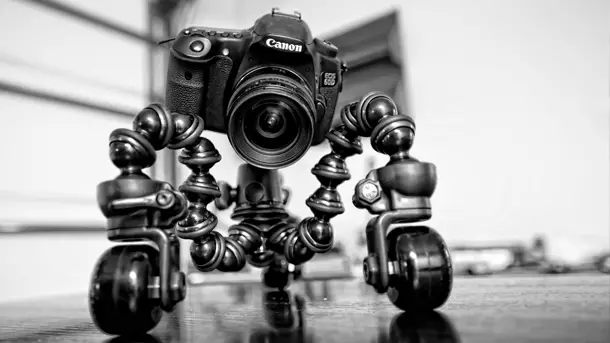Filmmaking can be a truly inspiring, rewarding and enjoyable ride, yet as any other craft, it takes a lot of hard work, time and effort before you actually get to the tipping point of your career. Knowing the rules and learning how to use the right tools and techniques is only half of the equation. Staying disciplined and truly dedicated, knowing well all the ins and outs of the creative process, and making motivated and smart decisions on set is what actually will make you a successful artist in the end.
Cinematography as a vital part of filmmaking obeys almost the same rules. Undoubtedly, getting the best piece of equipment won’t necessarily make you a better storyteller. Yet, making consciousness and motivated decisions on the way you light your talents, frame your shots and move your camera eventually will.
Simone Cade from DSLRguide explains what makes cinematography one of the most powerful assets of filmmaking.
Using some of the above techniques is a great way to enhance you storytelling and engage your audience emotionally by making your scenes more powerful, immersive and believable. As a rule of thumb, every camera movement should be justified by a certain move of an actor in the frame, or driven by his/her emotion or other important detail or piece of information that we’d like to hide or reveal depending on the story you’re telling.
Every experienced cinematographer will know well how to integrate camera movement using the blocking and moving of the actors in the scene in order to achieve the maximum emotional impact on the audience, thus serving the story in the best possible way.

Unfortunately, this skill can’t be learned and mastered overnight. It usually takes years and a ton of practice along with making many mistakes down the road. Understanding how the moves work and affect your audience consciously and subconsciously is an essential part of the learning process. That’s why is so important to analyze every well-crafted film or any other piece of art you watch and try to find out the motivation behind every camera movement.
It’s also important to note that camera movements can be distracting and even annoying when overused or completely unmotivated. That’s why the careful planning of your shots in advance long before you start the actual filming of your production is extremely important. As Simone concludes “on its own, camera movement is worthless. But if you combine it with the performance of the actors and all the information you’ve already given to the audience, it can be a very powerful asset”.
[via SLR Lounge, source: DSLRguide.tv]
Disclaimer: As an Amazon Associate partner and participant in B&H and Adorama Affiliate programmes, we earn a small comission from each purchase made through the affiliate links listed above at no additional cost to you.





Nice article.